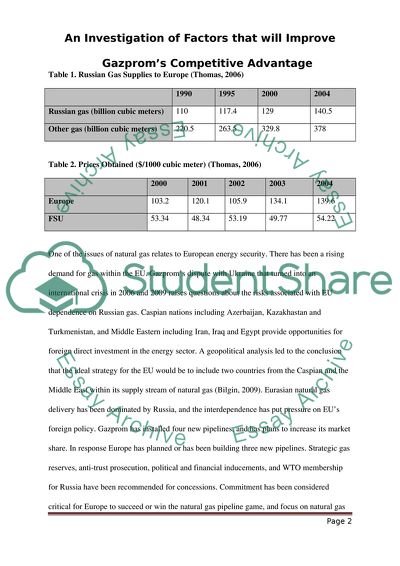Cite this document
(Factors that Will Improve Gazproms Competitive Advantage Case Study, n.d.)
Factors that Will Improve Gazproms Competitive Advantage Case Study. Retrieved from https://studentshare.org/macro-microeconomics/1731964-dissertation-proposal-gazprom
Factors that Will Improve Gazproms Competitive Advantage Case Study. Retrieved from https://studentshare.org/macro-microeconomics/1731964-dissertation-proposal-gazprom
(Factors That Will Improve Gazproms Competitive Advantage Case Study)
Factors That Will Improve Gazproms Competitive Advantage Case Study. https://studentshare.org/macro-microeconomics/1731964-dissertation-proposal-gazprom.
Factors That Will Improve Gazproms Competitive Advantage Case Study. https://studentshare.org/macro-microeconomics/1731964-dissertation-proposal-gazprom.
“Factors That Will Improve Gazproms Competitive Advantage Case Study”. https://studentshare.org/macro-microeconomics/1731964-dissertation-proposal-gazprom.


